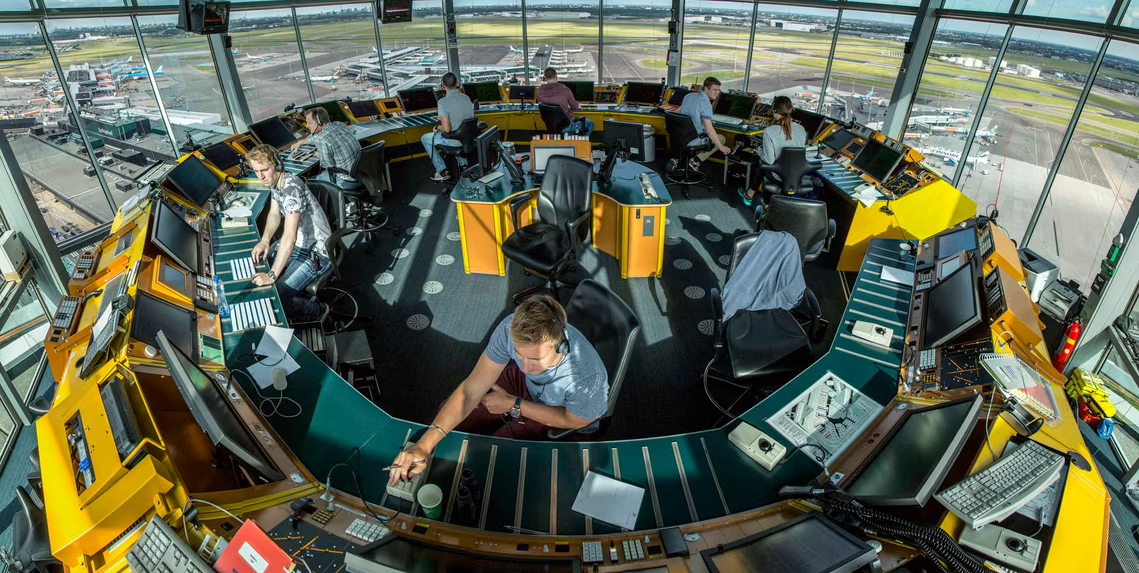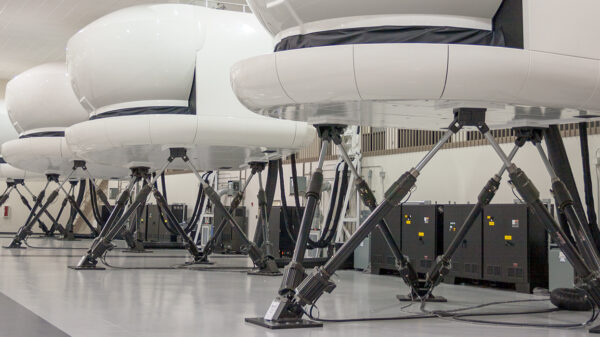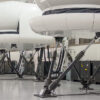In the bustling world of air traffic control (ATC) communications, a curious linguistic oddity persists – using the term “Souls” to refer to the number of people onboard aircraft. Despite the Federal Aviation Administration’s (FAA) guidance urging the adoption of the more inclusive term “People on Board,” ATC controllers continue to adhere to this archaic nomenclature. Let’s delve into the depths of history to understand the roots of this linguistic quirk.
The term “Souls” finds its origins in the annals of nautical phraseology, harking back to the days when mighty ships braved treacherous seas. In times long past, the word “soul” was used to count the number of passengers and crew aboard these maritime vessels. When ships met a tragic fate and were lost at sea, the missing souls were mourned as lost souls, signifying the perils of seafaring and the tenuous boundary between life and death.
Indeed, the usage of “Souls” in aviation may seem perplexing, given that aircraft occasionally transport mortal remains. In this regard, the term “People on Board” appears more befitting, as it encompasses all individuals aboard the aircraft, including passengers, crew members, and other airline employees occupying the jump seat.
The antiquity of the term “soul” is evident in various early religious texts, tracing its roots back to the ancient Sumerians in Southern Iraq around 4500 BC. For these civilizations, the soul embodied life, transcending the confines of the physical body. Religious scholars of yore, often the most erudite of their time, likely contributed to the enduring prevalence of the word “soul” in today’s English lexicon.
Interestingly, the fusion of maritime and aviation terminology goes beyond mere happenstance. Pioneering figures, such as Juan Trippe, the founder of Pan American Airways (PAN AM), sought to infuse ocean liners’ grandeur into the aviation world. The luxurious “Clippers,” PAN AM’s flying boats, boasted captains and stewards adorned in naval attire, further blurring the lines between the two domains.
Additionally, the military’s influence on aviation terminology cannot be overlooked. The term “souls” served as a convenient way for ATC controllers to swiftly ascertain the number of individuals aboard an aircraft during an emergency, an essential aspect of crisis management. Military aviators were taught to relay the number of souls on board to ATC controllers when changing destinations, and this practice eventually seeped into civilian aviation.
In the 1980s, the FAA replaced “Souls on Board” (SOB) with “People on Board” (POB), potentially due to the potential confusion of the SOB acronym with a derogatory term. However, despite this change, “Souls on Board” still exists in aviation, but it is more often associated with the number of passengers and crew tragically lost in air crashes.
In conclusion, the peculiar persistence of “Souls” in ATC communications unveils a rich tapestry of historical connections. From its maritime origins to its assimilation into military practises and aviation terminology, the term has endured through the ages.
Nevertheless, with the FAA advocating for the more inclusive and appropriate term “People on Board,” the aviation community may eventually gravitate towards embracing this linguistic evolution fully. As the skies continue to be traversed by countless souls, err, and people, the industry needs to adopt communication practices that reflect the diverse and united nature of modern aviation.










